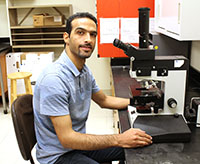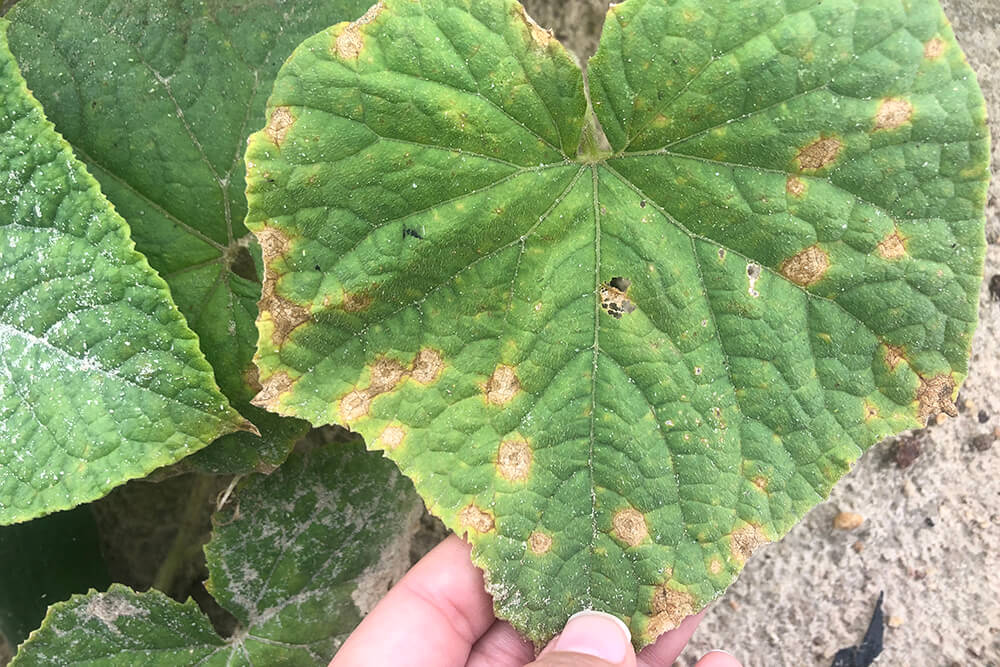A recent University of Georgia Cooperative Extension survey of 431 Georgia vegetable fields found that more than 60% contained root-knot nematodes, tiny parasitic worms that feed on roots and destroy plants.
The survey was conducted May through December of 2018 by UGA Extension nematologist Abolfazl Hajihassani. His research group surveyed fields in 30 Georgia counties for plant-parasitic nematodes and found 10 genera of nematodes. Root-knot nematodes are the most important nematodes that vegetables producers should be concerned with, he said.
Hajihassani conducted the survey to better understand the incidence, abundance and spread of plant-parasitic nematodes within vegetable fields in southern Georgia. The counties surveyed represent about 85-90% of the state’s vegetable production.
During the survey, soil samples were collected from vegetable fields and nematodes were extracted and identified to the genus level.
“Right now, the root-knot nematode is the main problem in most vegetable crops grown here, based on distribution, soil population density and incidence,” he said. “Therefore, root-knot nematodes will be the target of our future research, which will include the evaluation of old and newly introduced fumigant and nonfumigant nematicides.”
Root-knot nematodes can enter the plant’s roots and move through the cells where they grow, produce more eggs in only three to four weeks and cause the roots to swell. This reduces the plant’s growth and yield potential.
South Georgia’s sandy soils allow nematodes to reproduce frequently because they can move easily through the soil’s loose texture.
UGA Extension’s observations in the field indicated that fumigating the soil before applying plastic will stop the nematodes for the season, but only for that season.
Hajihassani said that there are a few nematode-resistant vegetable varieties available, but Georgia producers don’t want to use them because of quality issues. Growers prefer to plant high-yielding varieties and use chemical nematicides, although they’re not always 100% effective.
Currently, Hajihassani is researching the nine other types of nematodes the survey identified in case they could become threats to vegetable production in Georgia. This includes stubby root, ring, spiral, root lesion, reniform, lance, cyst, stunt, and dagger nematodes.
“Hopefully, in one to two years, we’ll have a good source of information as to what species of nematode we have,” he said. “Through Extension agents, we have already communicated the survey data with those growers who participated in our survey. Our aim is to continue sharing the data with growers, find out what problems they have and design the appropriate management techniques.”
Nematodes need three components to thrive: water, high temperatures and a suitable host. Georgia has water, hot summers and a variety of host plants, which has Georgia farmers concerned. Along with vegetables, nematodes can cause problems in cotton, peanut and tobacco plants.
For more information on Hajihassani's work and plant-parasitic nematodes, visit https://t.uga.edu/4YK.







